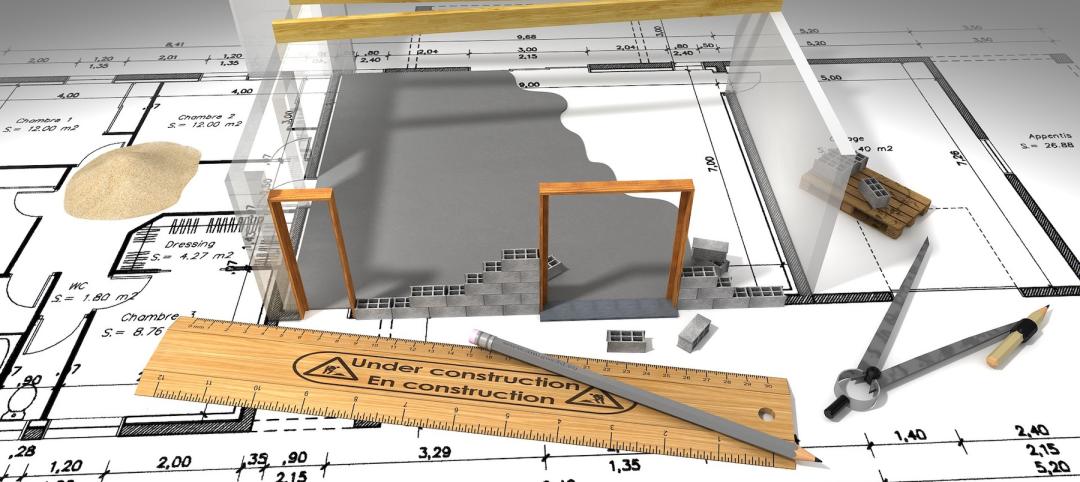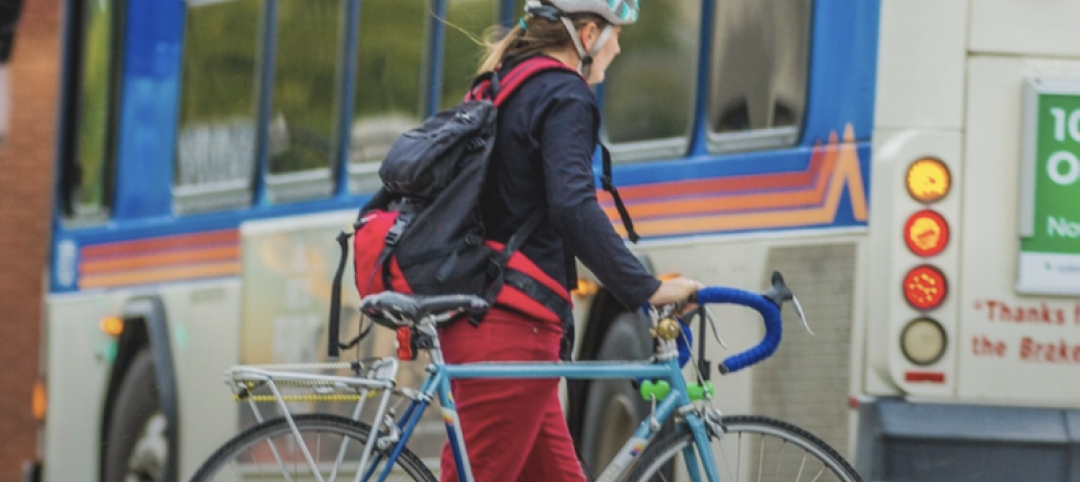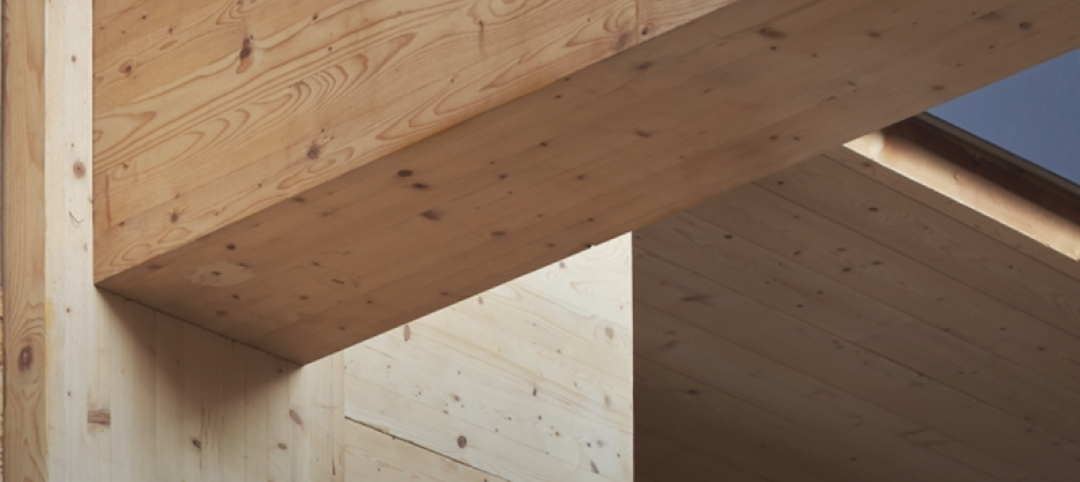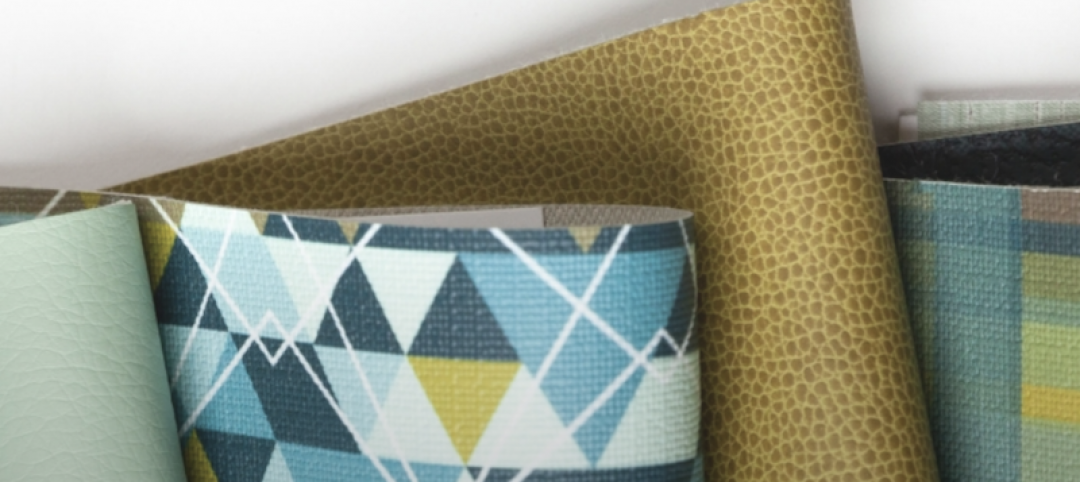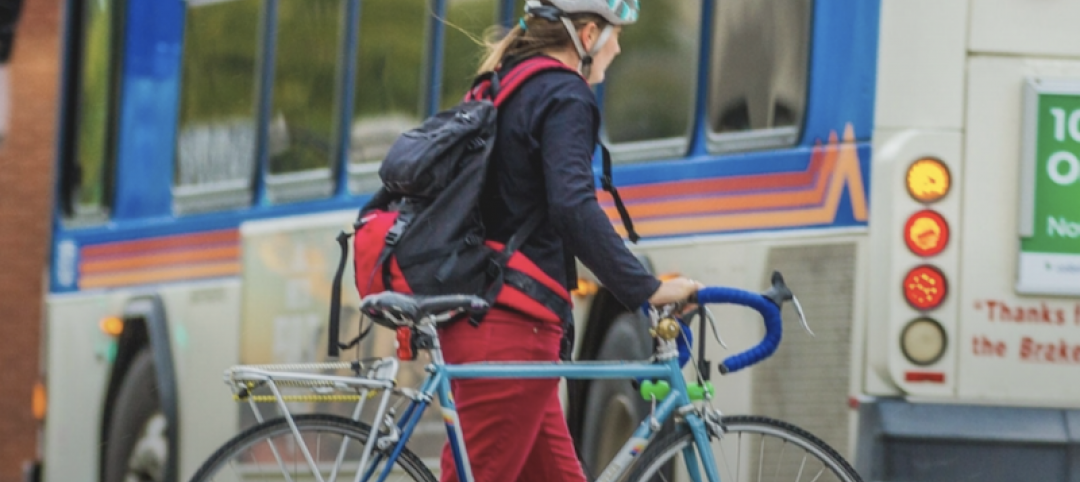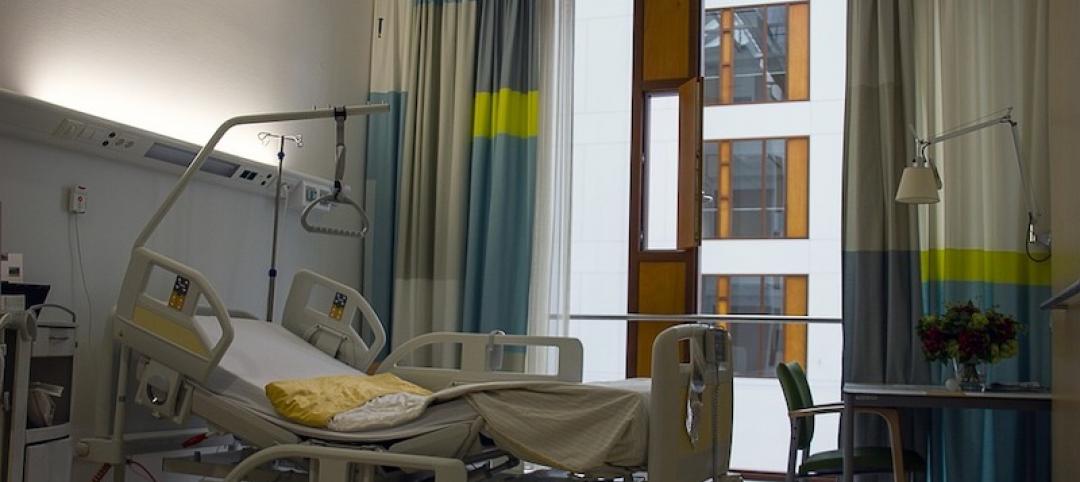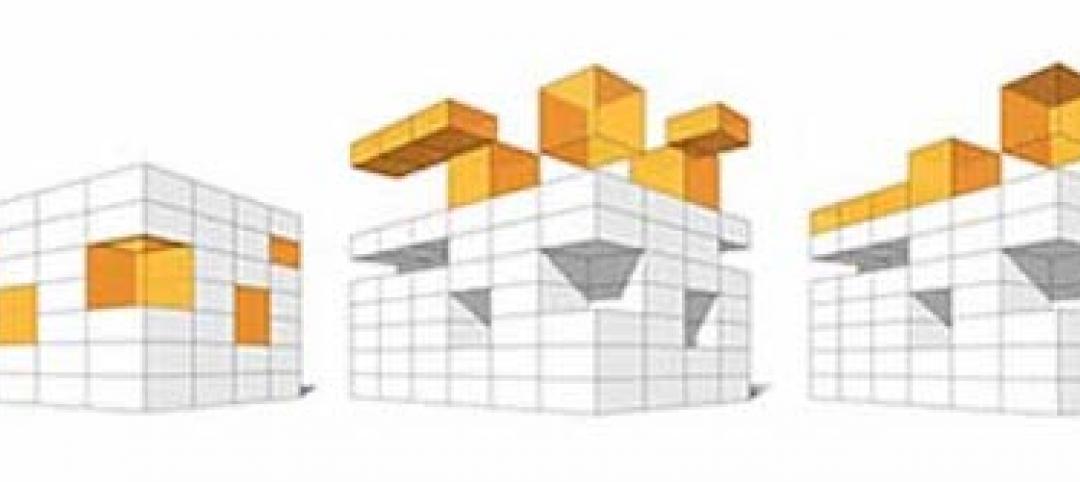When I was a kid, LEGOs were simple. They came in colors like red, green, black, white, and blue, and kids transformed them into people, cars, buildings—or whatever their hearts desired—however they envisioned them to look and feel like.
My two brothers and I made cities. We would build a school, fire station, gas station, houses, and other buildings that fit into our narrow sense of the world at the time. I’m sure we made several versions of McDonald’s restaurants since the little Iowa town we were living in got its first-ever franchise of the popular fast-food chain shortly after we moved there. (We were beyond excited.)
But these weren’t prefabricated LEGO buildings like you see so much of in the LEGO aisle today. We came up with the designs ourselves.
"I guess you could call my experience with LEGOs an introduction to design, and I think it’s sad that my kids aren’t experiencing the same."—Amy LaMar
My specialty was houses. I loved figuring out the basic structure of my homes and where to put the walls, windows and front door. And since they never had roofs (talk about an open concept!), I enjoyed designating where the bedrooms, kitchen and bathroom would be. I would reach in with tiny hands stacking LEGOs to form walls and furniture. I even made a little table and chairs for the kitchen.
The key was to snatch up what we called “green things”—the 1-square-foot foundations of our buildings—and as many LEGOs as you could get your hands on. I can still remember the crashing sound as we (it took all three of us) dumped our giant box of LEGOs into a big pile on the floor. You had to be fast since a blue wall without enough blue blocks was, well, less than a wall… and you would be hard-pressed to find a sibling who was willing to give up theirs.
I guess you could call my experience with LEGOs an introduction to design, and I think it’s sad that my kids aren’t experiencing the same. Today’s LEGO aisle has girl’s LEGOs and boy’s LEGOs distinguishable by color and the type of package they come in. Inside the boxes are presorted and prepackaged parts and step-by-step instructions to make exactly what the front of the box shows—and there is little incentive to make anything different. There are pink and light blue LEGOs and dogs and interchangeable hair pieces and tiny laptops and cell phones. Sure, there were sets when I was a kid. But they weren’t nearly as complicated.
My kids don’t make cities. They make Star Wars ships and LEGO Friends vet clinics. They don’t make people. And they certainly aren’t making the first McDonald’s in their town since there are dozens of them.
But they are creating in other ways. They still play house. They also play school—although my son (age 7) isn’t exactly my daughter’s (age 10) favorite student. And they are always drawing or coloring something, which makes crayons in high demand at our house. Remember when 64-packs were a big deal? Well, today there are glitter, pastel, neon and metallic crayons with exotic names like Jazzberry Jam.
My kids may not be fighting over green LEGOs, but I know they will appreciate design as much as I do—in vivid color.
About the Author: Amy Lamar comes to HDR from the publishing world, where she was an assistant editor, copy editor and writer for daily and weekly newspapers, magazines, books and advertising agencies. A professional organizer on the side, Amy is an organizing and office supply junkie, and she loves food. In her free time, you can find Amy volunteering at church or her kids’ school, cheering on the sidelines at her kids’ soccer games or relaxing with friends and her husband, Tony – preferably away from home and her to-do list.
More from Author
HDR | Jun 30, 2022
Adopting a regenerative design mindset
To help address the current climate emergency, a new way of thinking across the entire architecture, engineering and construction industry is imperative.
HDR | Jan 11, 2022
Designing for health sciences education: supporting student well-being
While student and faculty health and well-being should be a top priority in all spaces within educational facilities, this article will highlight some key considerations.
HDR | Sep 28, 2021
Designing for health sciences education: Specialty instruction and human anatomy labs
It is a careful balance within any educational facility to provide both multidisciplinary, multiuse spaces and special-use spaces that serve particular functions.
HDR | Aug 20, 2021
Prioritizing children’s perspectives with play-based design charrettes
Every effort is made to assure that captured insights and observations are authentically from the children.
HDR | Sep 25, 2020
Performance-based textile cleaning and disinfection in the age of COVID-19
It is essential for both designers and environmental services to know the active ingredient(s) of the cleaning products being used within the facility.
HDR | Jan 27, 2020
Elevating the human experience in public realm infrastructure
Understanding the complexities of a community by pairing quantitative data and human needs.
HDR | Oct 2, 2019
Why mass timber?
In a world where the construction industry is responsible for 40% to 50% of CO2 emissions, renewable materials, such as wood, can help mitigate the rate of global warming.
HDR | Aug 23, 2019
5 converging trends for healthcare's future
Our solutions to both today’s and tomorrow’s challenges lie at the convergence of technologies, industries, and types of care.
HDR | Dec 18, 2018
Redesigning the intergenerational village: Innovative solutions for communities and homes of the future
Social sustainability has become a central concern in terms of its effect that spans generations.


